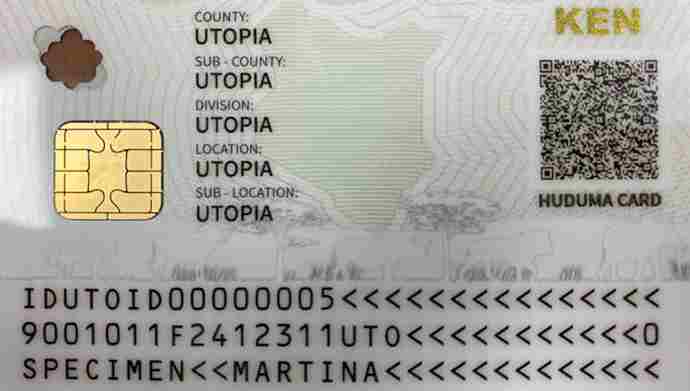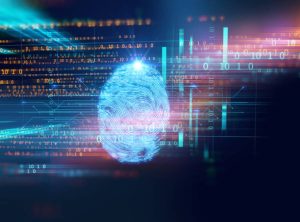By John Walubengo
Previously known as ‘Huduma Namba’ under the then-President Uhuru administration, it seems this project is back.
Even though the Cabinet Secretary for ICT, Mr Eliud Owallo keeps reminding us that it is a different project altogether and prefers calling it the unique identifier number (UIN) project,
Since most of us are not privy to the details of the project, I will only focus on the generic expectations that Kenyans should demand from any government-wide Unique Digital Identity project, whatever the name that the government may wish to brand it with.
But first, the preliminary, why do we need unique digital identities?
The Benefits
The simple answer is that as the world continues to get more and more digitized, the need to be able to be digitally identified becomes paramount to accessing those digital services. If one wants to access non-government services such as social media, email, and streaming services, amongst others, the provider would require a unique identity before providing the services.
So, the same requirement would apply to accessing digitized public or government services.
The government must have a unique way of digitally identifying each individual to provide those electronic services.
Additionally, the private sector can leverage the same digital ID to provide its own set of services. For example, Banks may leverage your government-guaranteed digital ID and be able to open an account for you – without the applicant having to physically visit their offices to confirm who indeed they are.
So digital ID can indeed speed up processes while cutting associated costs in terms of shorter turnaround times, reduced paperwork, and more transparency in the digital economy amongst other benefits.
So given all these benefits, why is that whenever digital ID projects are commissioned, many people, particularly from the human rights. civil society and others get very jittery about them?
The Risks
There are many risks around digital ID projects but key amongst them include privacy, security and accessibility.
Regarding privacy, citizens need to know who else can access their digital IDs and for what purposes. Unlike our manual or physical ID, our digital credentials and associated details sit outside our control, and we have no clue who is exploiting them.
The digital ID issued to millions of Kenyans will generate a digital footprint each time authorised third parties like Banks, Schools, and Hospitals access them. That digital footprint can be mined to create digital opportunities for some selected few players – without our consent or awareness.
Even worse, and this would be part of the security concerns – unauthorized parties, e.g., hackers may access our digital details without the knowledge of both the citizen and the state agencies.
What interventions have been made to mitigate some of these concerns? The KE Data Protection Act (201) provides for the need to do a Data Protection Impact Assessment before embarking on such high-risk projects.
During the previous Huduma Namba project, it took the interventions of courts to get the government to do the Data Protection Impact Assessment, it is not clear if this time around the CS ICT or the CS Interior will do the necessary without being arm-twisted by courts to do so.
On accessibility and related also to inclusivity, we need to be sensitive to the fact that not everyone is ‘digital’ or IT-savvy. You may give me a digital ID, but I may lack the skills or opportunity to harness its benefit in a digitized economy.
Are there programs to address the skills and infrastructure gaps that exist across counties to ensure that all Kenyans have the same level of exposure in terms of making use of their digital identities?
It would be good for the media to ask these types of questions, as opposed to just debating whether this new digital ID initiative is worse or better than the previous one.
__________________________________________________________________________________________________________________________
John Walubengo is an ICT Lecturer and Consultant. @jwalu.
![]()




